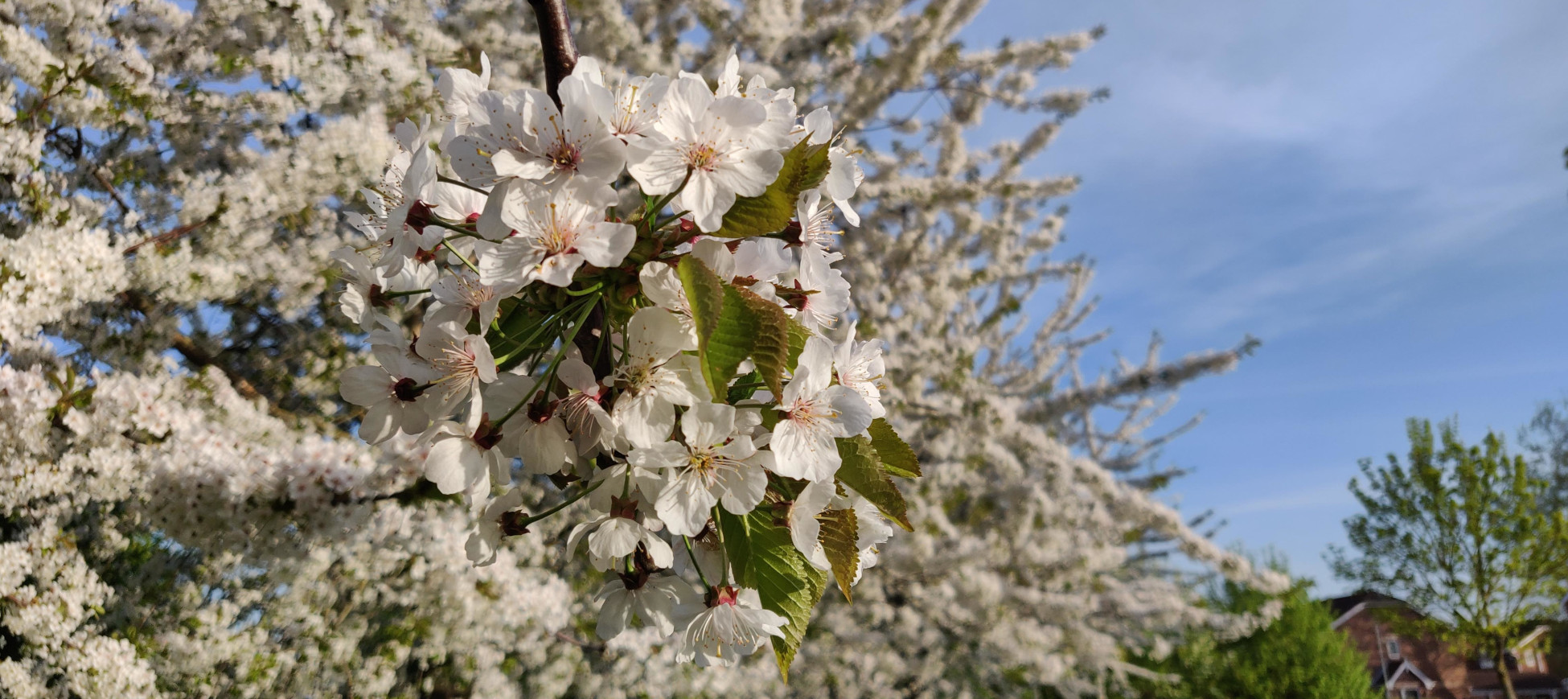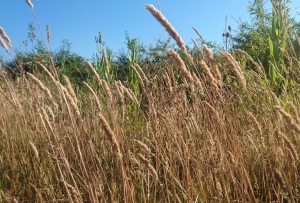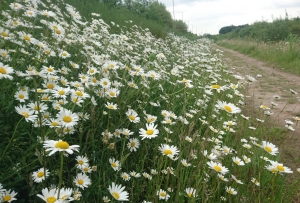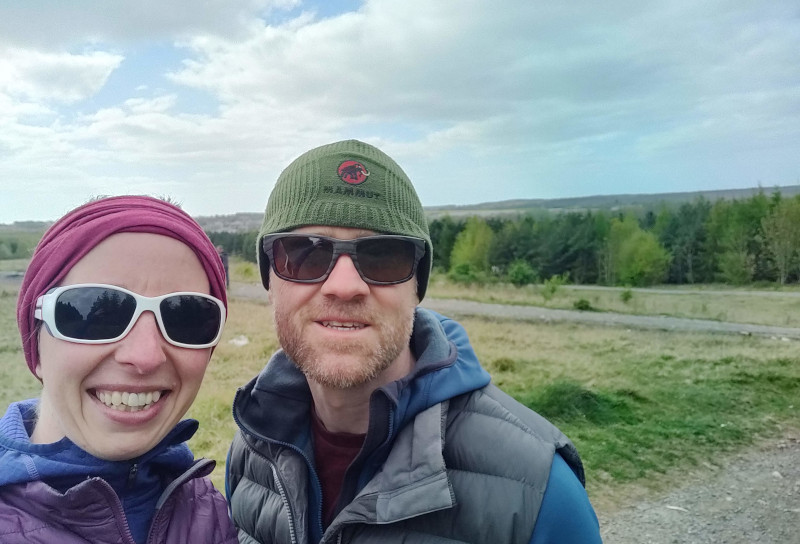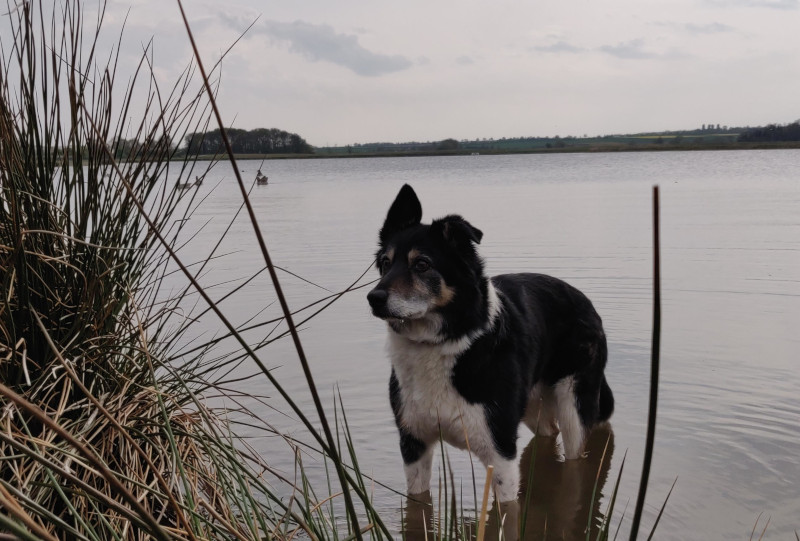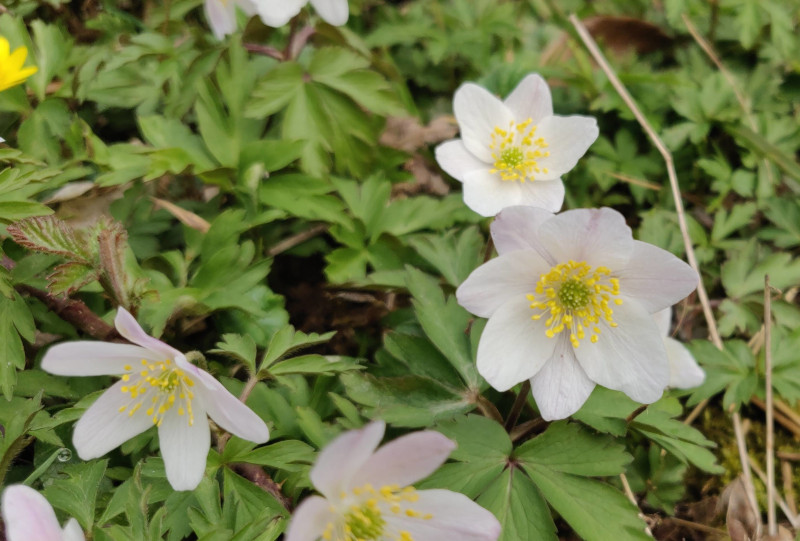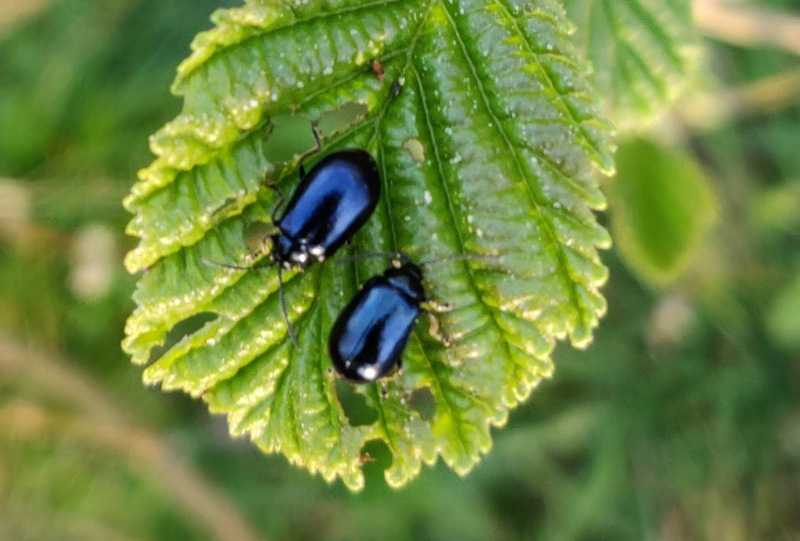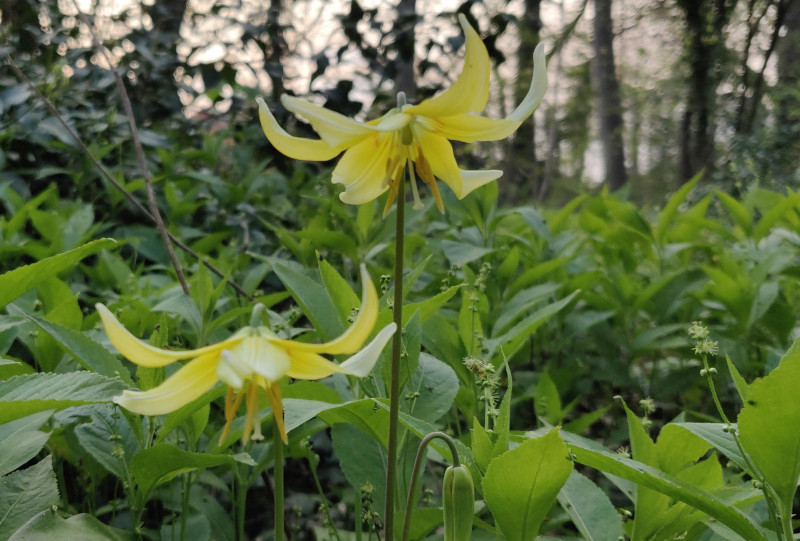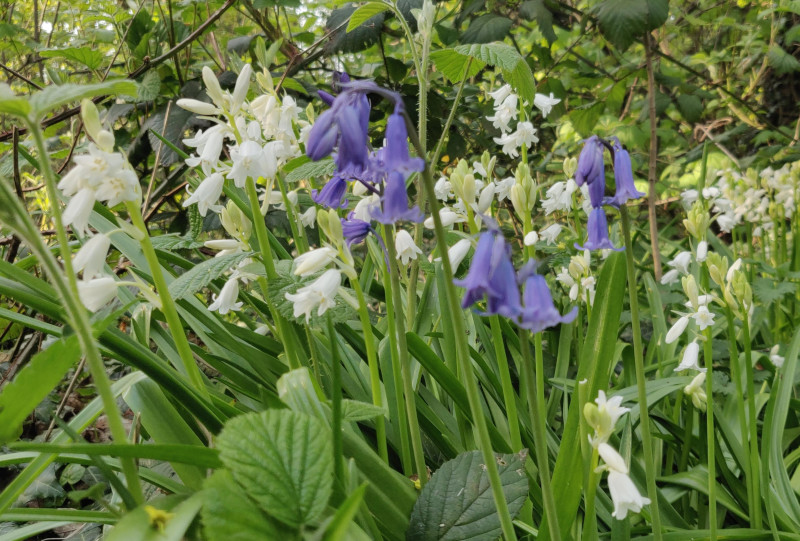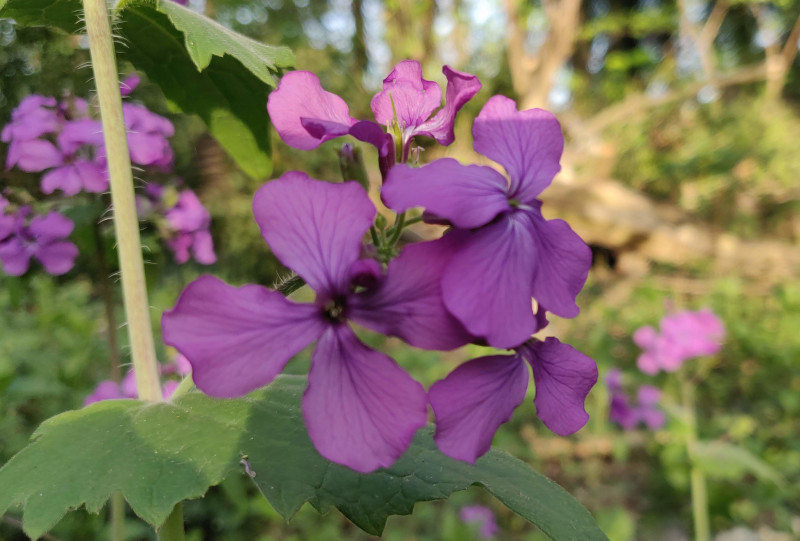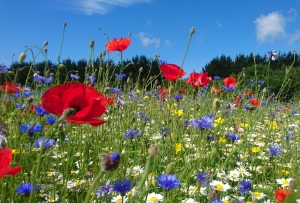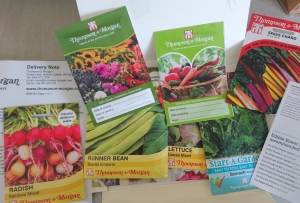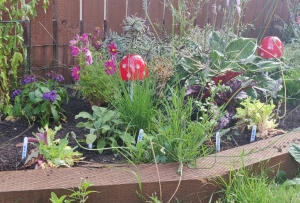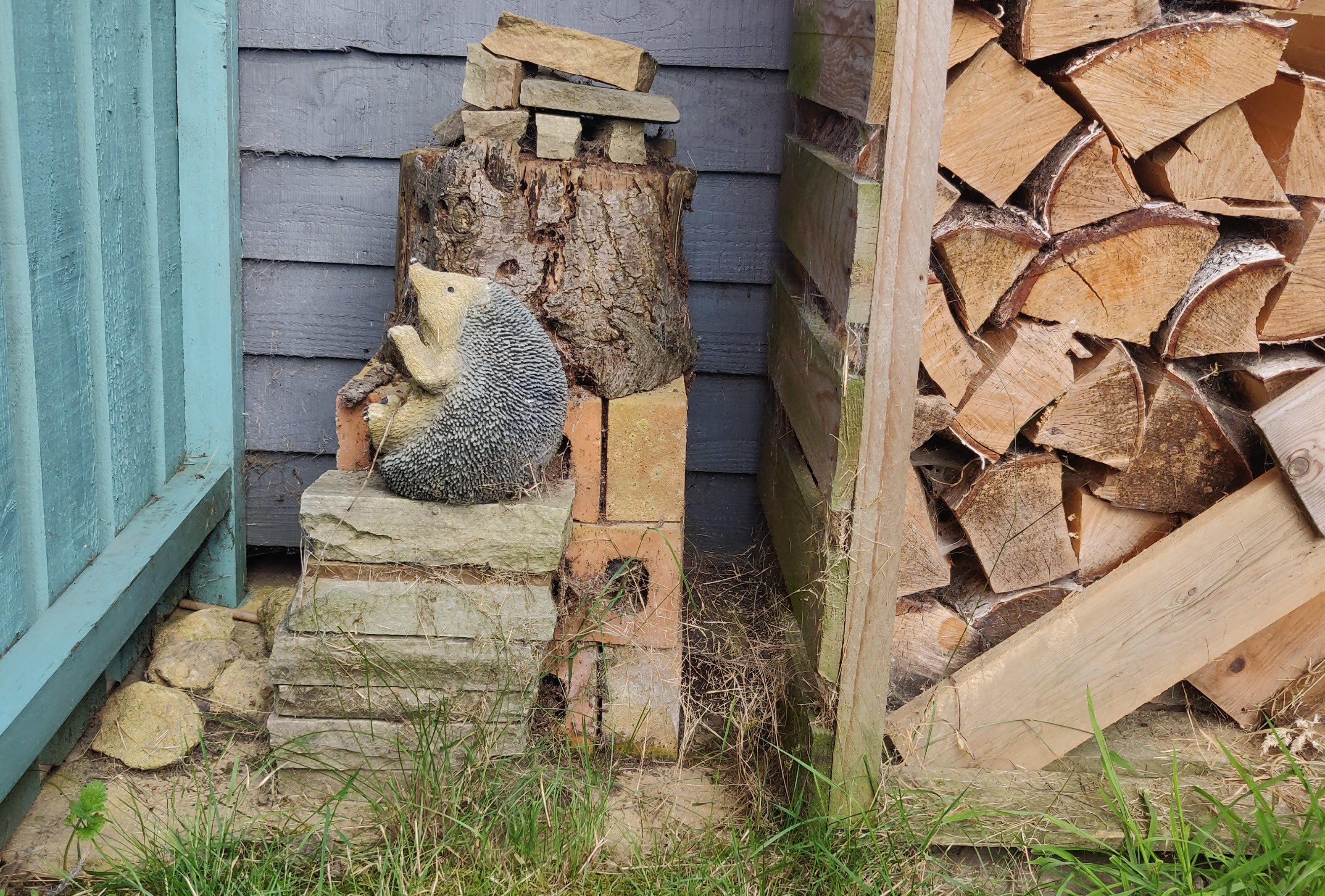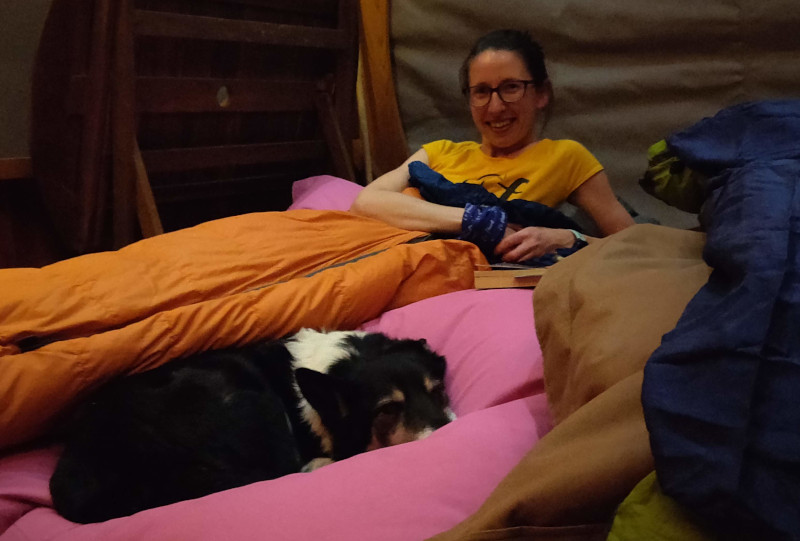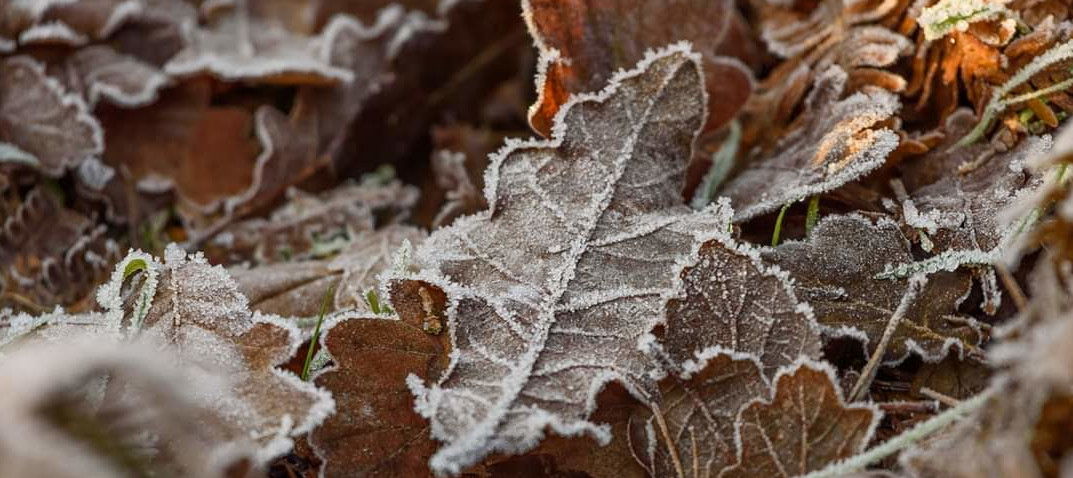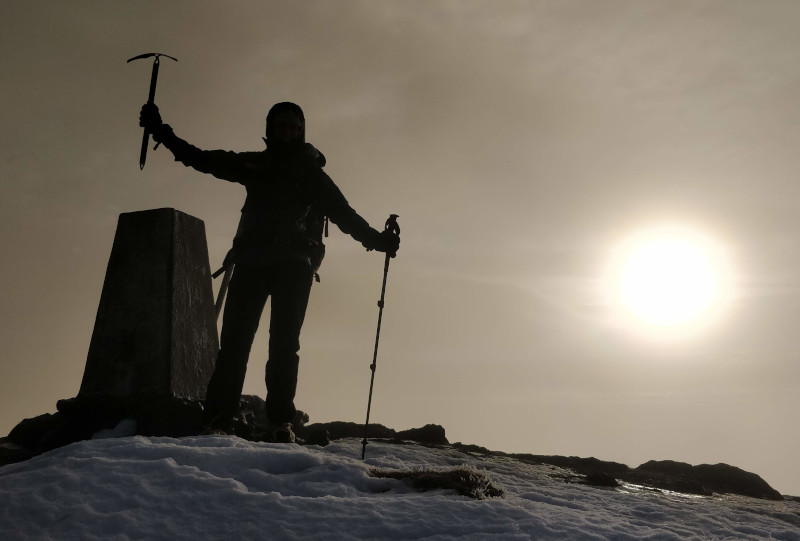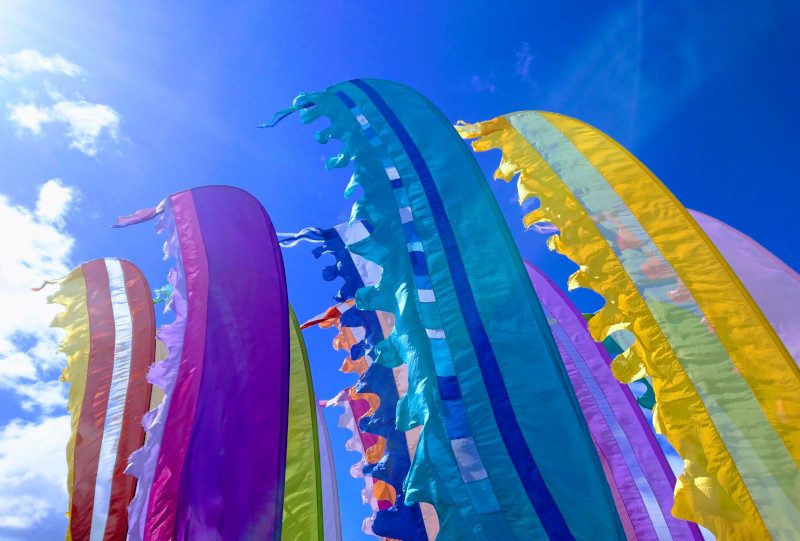Looking back through previous posts, I discovered this “10 Ways to Stay Wild this Summer” which sprung from the Wildlife Trusts 30 Days Wild campaign. In today’s weird world, some of the things aren’t appropriate but we still want to remain as wild as we can. So read on to find 10 ways to be wild during lockdown which allows you connect with nature in safe and sensible ways. It can involve planting some flowers to attract the bees into your garden, building a bug house or going for a walk in your local area and identifying the trees, plants and wildlife.
Staying wild is not only good for nature, it’s good for your own well-being by becoming aware and using all your 5 senses; the touch of the rough bark, the warmth of the sun on your face, the smell of the flowers, the taste of the herbs you’ve just picked from the garden, the sounds of the birds and the sites you’ll take in. #staylocalstaywild
Here’s some ideas to get you started whether you’re on your own or with the other members of your household:
1. Make a Picnic or Tea Party in your Garden
I’m not talking about your standard ham and cheese sarnie here. Go and make an effort. Make up a special hamper, find a blanket and get your best crockery out. Find a nice spot in your garden (or wherever you can). If you’ve got small children, why not make it a teddy bear’s picnic or theme it around an afternoon tea party!
2. Explore somewhere new (locally)
Find your home on Google Maps and have a good look around. Hopefully you’ll find some green space not too far away that you may have never been too; down a snicket that leads to a playing field or a disused railway where buddleias are all over grown. It may even be down different streets on your housing estate. It may be as scenic as what we’re used to, but it’s still exploring! You never know what you may find.
3. Create an stop motion animation indoor adventure film
You may not have heard what it’s called but you’ll certainly have seen it – Stop Motion Animation. Here’s a link to get you started “How to Make Motion Videos“. Think of an outside adventure that you’ve always wanted to do (or should have been doing lockdown) then rein-act it with a stop motion movie such as “Freeride Skiing Home“. You’ll learn something new, it’ll keep you busy and all you need is the free app “Stop Motion Studio” on your phone and get your creative juices flowing!
4. Get Active Outside
Go for a walk or a family bike ride. OS Maps have an awesome app and for a very reasonable price, you can find routes for walking and cycling for anywhere in the UK. It’s perfect if you’re unsure where to go and want to find the footpaths and local routes. Just filter by the area you’re planning on exploring and the distance you want to travel. Make sure your phone is fully charged before heading out and don’t go outside your comfort and safety levels. #staylocal
5. Outside yoga
This is a personal favourite of mine. It’s not only good for your fitness, it’s creates some head space and is awesome for your general well-being. Find a flat grassy spot and yes, it can bit more challenging holding tree pose when it’s windy! Take the opportunity to listen to the birds and insects, feel the wind and sun (and sometimes little bugs) on your skin and the grass between your toes…..ahhhhh. There’s no better way to unwind. Don’t know where to start? There’s plenty of free online tutorials to get you going. Just be mindful not to do anything that you feel uncomfortable with and stop if anything hurts.
6. Wildlife Identification
Go for a walk and try identifying the trees, flowers, birds and animals that you come across. It’s difficult to remember what you saw when you’re back home, but there’s plenty of cool apps out there that help you identify wildlife on the go. If you take a photo, then google lens it, it’s usually pretty accurate. If you prefer to stay away from screen time whilst you’re out, take pictures or draw a picture in a notebook, writing down the key features and where you saw it. This is called the jizz (or giss). So if you were describing the jizz of a bird, you’d describe its overall appearance with such features as shape, posture, how it moves and flies, size and colour, what types of noise it makes, its habitat and where you saw it.
7. Plant some flowers, herbs and veg
You don’t need a massive garden to grow vegetables and herbs. Mixed salad can be grown in plant pots as well as lots of herbs. Order them online and follow the instructions on the packet carefully. Watch them go and add a sprinkling of freshness to your meals. If you’re like me and forget to water them sometimes, set a reminder for an evening once the sun has gone off the garden.
8. Go Plogging!
This Scandanavian trend has made its way to Britain. What is it? Picking up litter whilst running. It satisfies two needs with one deed! You get outside and run AND your local community and wildlife benefits from a cleaner, safer, plastic-free and rubbish-free community and environment. All you need is to out for your usual run, jog or stroll (with the buggy) and take a bag to put any rubbish in. You could even take two bags; one for recyclables and the other for general waste. It’s also a good idea to take some gloves to protect your hands. And when you get home, you get that nice warm glow inside that you’ve done something good, not only for wildlife but for the community too.
9. Make a bug house
Insects and other bugs are crucial for a healthy ecosystem. So why not give the mini-beasts a helping hand and make them a bug house or hotel if you’re feeling extravagant. What you’ll need: old bricks, rocks or stones, sticks and twigs, pine cones (which you can collect on your local walks). The HappyDIYHome and RSPB websites are a great starting place. Here’s mine at home. I must confess, I don’t go too near it; firstly I don’t want to disturb any creatures taking refuge in there, but I also know there’s some very big spiders taking residence!
10. Sleep outside
So you can’t going proper camping and bivouacking at the moment but you can still put the tent or tarp up in your living room or back garden. The point is to try and sleep under the stars. Pick a clear, still night if you can. I’ve noticed lately that it’s a lot quieter with less traffic on the roads. Early Spring or late Summer are best if you want to go star-gazing – don’t forget to download Google Sky Maps to help you identify the constellations.
I hope you’ve been inspired by some of the things here. You can keep up to date with my ramblings and antics by following WildWays on Facebook, @WildWays_Adventures on Instagram and @GemmaScougal on Twitter.

